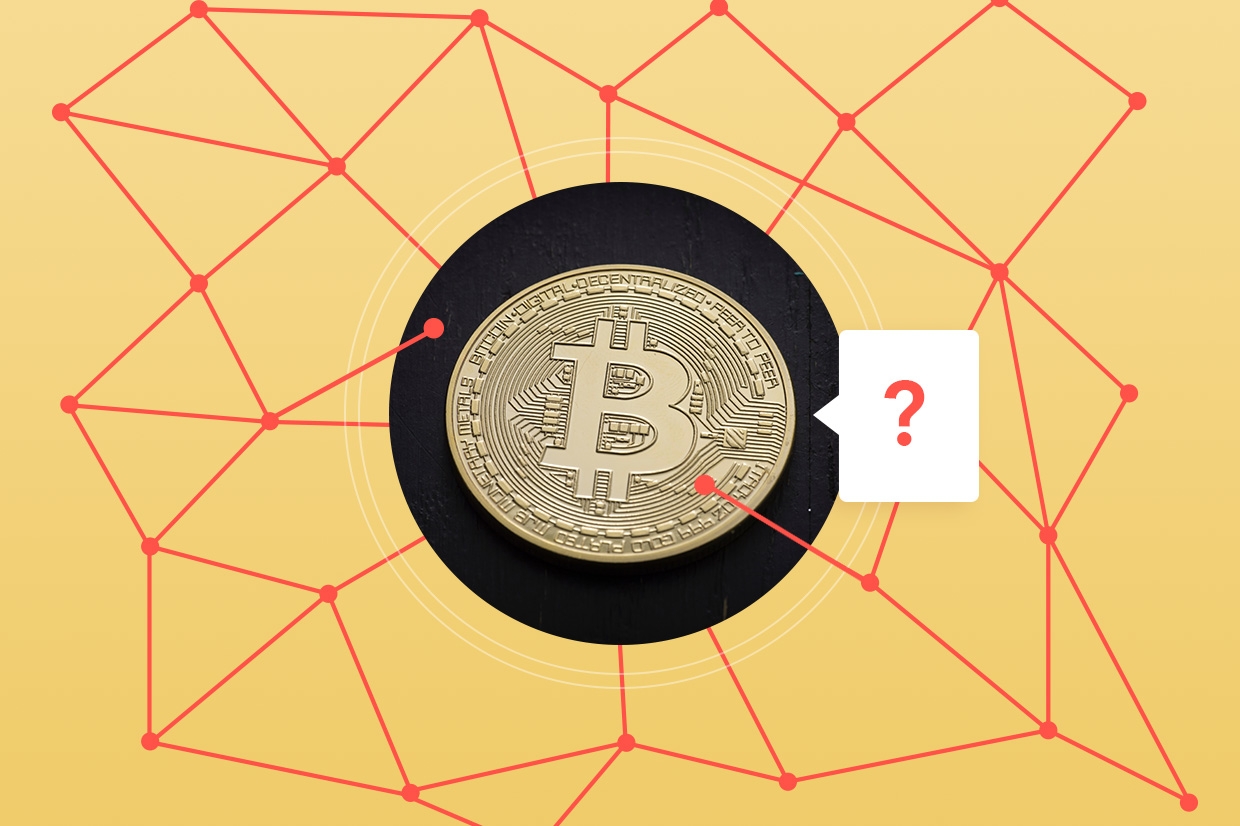
6 min read
How to Explain Bitcoin to Your Grandparents
You’ve heard a lot about Bitcoin in the news lately as the popularity and value increases. But to the technologically uninitiated, it may all seem a little confusing.
Let’s break it down and examine what Bitcoin is, what it’s used for, and why it’s entering mainstream popularity.
How Bitcoin Works
In simplest terms, Bitcoin is a digital cryptocurrency.
A cryptocurrency is simply a digital form of money that uses technology to regulate itself and protect users from fraud. If you own a home, chances are you have called a contractor at some time in the past, and they have fixed something.
Let’s say for example you had a leaky sink. When the plumber came out and repaired the leak, you wrote him a check. That check is recorded in your bank ledger.
The money is passed from your bank to his, and within the matter of a few days, it is accessible to him. There is a third party verifying you have the money, and you are passing it to him.
With Bitcoin, that third party verification is removed from the equation.
There is one centralized ledger that we will discuss in more detail shortly. The transaction now takes place in a peer-to-peer manner and is recorded in a different way.
Let’s say for the sake of our hypothetical example, that your plumber accepts Bitcoin, instead of that paper check.
That’s probably not so likely today, but anything is possible in the future.
We’ll go deeper into this analogy to explore blockchain technology, and how Bitcoin operates in the absence of a bank ledger.

What is Blockchain?
Cryptocurrencies come with some understandable and fundamental questions.
Before your hypothetical plumber decides to accept a Bitcoin payment, he’d likely want to know:
- You have the Bitcoin you’ve committed to pay.
- Your Bitcoin isn’t digitally reproduced or counterfeit.
- You’re not simply adding additional Bitcoins to your balance sheet or net worth, whenever you want
- The digital currency you’re paying will be there when he’s ready to spend it.
These issues fall under what computer scientists have called the “double-spending” problem.
This is the potential flaw that a single unit of digital cryptocurrency can be manipulated, or spent more than once.
Similar to counterfeit money, the double spending problem would lead to a natural inflation and distrust within the system.
This problem confounded computer scientists until the advent of blockchain – the digital ledger used to record all bitcoin and cryptocurrency transactions.

Instead of utilizing a third party to verify financial transactions, blockchain is simply a piece of code that tracks the history of all Bitcoin spent over time.
Each transaction is referred to as a block, and collectively they make up “the blockchain.” When a transaction is made, it is added to the end of the chain.
For these transactions, the online ledger is spread out and decentralized, making it difficult to manipulate. Bitcoin has been in existence for nearly 10 years, and to date, this information has not been manipulated.
Blockchain is also encrypted, which means it is converted into a code that makes it virtually impossible to gain unauthorized access.
Blockchain technology is slowly being used in other ways as well, including preventing voter fraud.
As the technology proves durable with the advent of Bitcoin and other emerging cryptocurrencies, its uses are expanding.
- This article from Forbes covers some of the additional uses.
- This article covers some of the potential industries that it could transform including banking, messaging apps, security, ride sharing and more.
All these potential uses stem from blockchain proving itself as a valuable way to secure financial transactions online.
Bitcoin’s use of blockchain technology helped it make the jump from a little-known currency without much value, to a more mainstream way to invest or spend money.
Let’s look at how it started.
History and Value
Bitcoin was released in 2009 by an anonymous person or group that went by the name Satoshi Nakamoto.
Several people have since claimed to be Satoshi, but there is no definitive proof of identity. When it launched, each Bitcoin was valued at fractions of a dollar.
In recent months, the value of a Bitcoin has become increasingly volatile. In 2017, the value of a single coin skyrocketed from $900 to $19,783 by December.
As of March 21, 2018, the value of a coin has fallen considerably from the high mark to $9,067.
Part of what drives the value of Bitcoin is a limited supply. Included in the code is a stipulation that only 21 million bitcoins can ever be mined.
This distinction makes it similar in concept to gold, or other precious metals, and slightly different from stocks. To date, roughly 80 percent of the 21 million cap has been mined.
How You Can Buy Bitcoin
Because of the high volatility, Bitcoin can be a risky investment. If the frequent ups and downs in value are something you can stomach, buying Bitcoin is relatively simple.
They can be purchased through a digital currency exchange.
You can use a bank or PayPal account to set up something called a virtual wallet, where your cryptocurrency can be stored. At that point, traditional currency can be exchanged for Bitcoin.
They can be spent with a growing number of merchants who accept them as payment or saved as a form of investment. Bitcoin and other cryptocurrencies will likely grow in significance in the future.
Blockchain has and will continue to revolutionize other industries. While the technology behind it may be complicated, the concepts and the way they work are straightforward.


Leave a Reply